50 Years in the Foam

As Town and Country Surf celebrates a monumental bicentennial anniversary, T&C’s Legendary shaper Glenn Pang is also celebrating his 50th year of shaping. A major milestone by any measure.
For those unfamiliar with Glenn Pang’s work, he has been a mainstay at Town and Country since the early 80’s, and has worked with surf Legends spanning decades, from Martin Potter and Marvin Foster, to Billy Kemper and Kekoa Bacalso. Many of today’s top professional surfers such as Kanoa Igarashi and Frederico Morais, that come to Hawaii for the winter to compete, also look to Pang’s expertise, especially when it comes to boards that perform well in the heavy waters of Haleiwa, Sunset, and Pipeline. But aside from the professional surfing realm, Pang has made a career out of crafting boards that surfers of any skill level can enjoy.
So much could be written about the master craftsman and the depth of knowledge five decades deep in the foam can bring. And surely Pang could scribe volumes on the subject of surfboard evolution and design. From the single fin to the twin fin, to the thruster and quad, Glenn Pang has been there.
It all started in 1971. The surf industry was young and board design was evolving rapidly. The era of single and twin fin setups, ten years before today’s widely used 3 fin thruster model. Although making a living as a full time shaper is uncommon today, back then it was even more rare. More common was the DIY board builder, like a young Glenn Pang, tinkering in the garage or backyard, hacking at foam blanks with a saw and planer, shaping their own board to save a few bucks. “I was young and didn’t have much money,” explains Pang, “so a better way was to make yourself a board. I saw a friend make one and was interested. So, being hands-on, I decided to give it a go, just shaping in the backyard, sunglasses on, getting snow-blind from looking at the foam in the bright sun. After that I started doing it in my parents garage and eventually they let me build a little shaping room. Both my brothers surfed so I’d make boards for them, then my friends, and it kinda grew from there.”
Success didn’t come overnight for Pang and when he began tooling with boards he never imagined the journey this new craft would take him on. It wasn’t until the early 80’s that it became a full time career, when he began to work for T&C founder Craig Sugihara and even then he wasn’t pumping out boards.
“I was going to school at the time so it wasn’t a full time job until I started working for T&C. And my first job here wasn’t shaping,” Pang says. The color work on boards at the time wasn’t airbrushed, it was foam stained. Pang started off helping finish the process of the coloring and pin line designs. “That’s where I started, then Craig (Sugihara) gave me one board here and there. I got a little better, and a little better, then eventually I was shaping.”
Surfboard evolution crescendoed in the early 80’s with the birth of Simon Anderson’s thruster model and the majority of surfers were trading their single and twin fins for the new high performance 3 fin set up. “The thruster kind of just took over and everyone was making high performance shortboards, and for the longest time it was just like, 6’2” by 18 1/4” by 2 1/4” squash tails, and everyone kind of forgot about the more user friendly boards,” Pang explains. “Everything goes through cycles. It’s great now, everyone is willing to try different designs and everyone seems more open. All the retro stuff is coming back.”
Through every phase and fad of surfboard evolution the decades brought, what has remained constant with Pang is the pursuit of the next and better board model. “For me, you can never be satisfied with a board,” he proclaims. “There’s always a better design, there’s always a better board.” As an avid surfer himself, the process of finding that next great board begins under his feet. “I would never ride the same boards as the team. I was always making that next board. Once I got something that worked well for me, I’d give it to the team and say, ‘try this, tell me what you think’, make changes and fine tune it from there.” Pang continues, “To me, that’s one of the best parts of the job, getting to try something that you created and designed. The other great part is when the surfers do well on your boards or win a contest on your boards, that’s hard to beat too.”
These days nearly every surfboard maker has turned from the traditional method of hand shaping an entire board, to using computers to design, machines to cut, then finished by hand. This allows shapers to reach a precision and consistency that was previously unachievable. “There are so many great hand shapers,” remarks Pang. “I wouldn’t put them down, but trying to make two boards exactly the same by hand, they just don’t work the same. But, to become a good shaper...I tell all the guys that start, they should learn how to hand shape, it's going to help in the long run.” He continues, “sure you’re going to struggle at first but in the long run it will make you a better shaper. It helps you see things differently and solve problems like bumps and dips and it makes your eyes better at seeing things.”

So where does a 50 year veteran of board building go from here? Where does board building go from here? Up, of course. The hydrofoil surfboard, which allows the board and rider to plane above the surface of the water, is trending and one notable enthusiast is Glenn Pang himself. “It’s something new, like when you first learn how to surf, you just want to go every day,” Pang says. He is also designing his own foil boards as well and believes the evolution of foil surfing has just begun. “I think eventually, when the design of the foils get better, it’s going to merge more towards surfing, it’s going to be more mainstream. It’s going to be the future of surfing.”
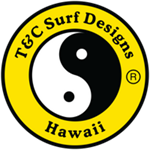
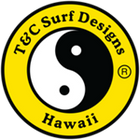
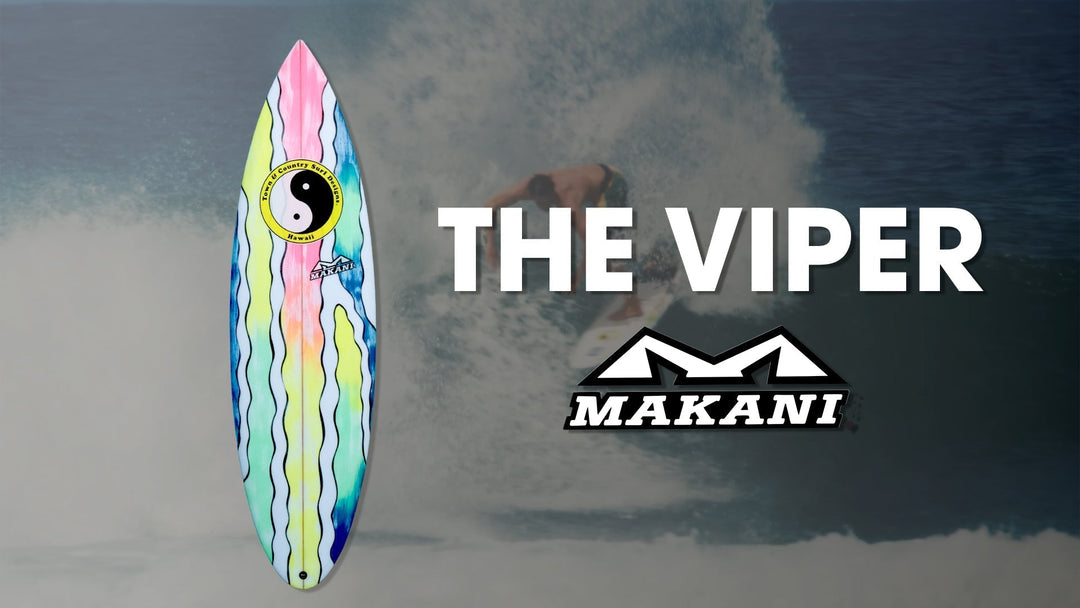
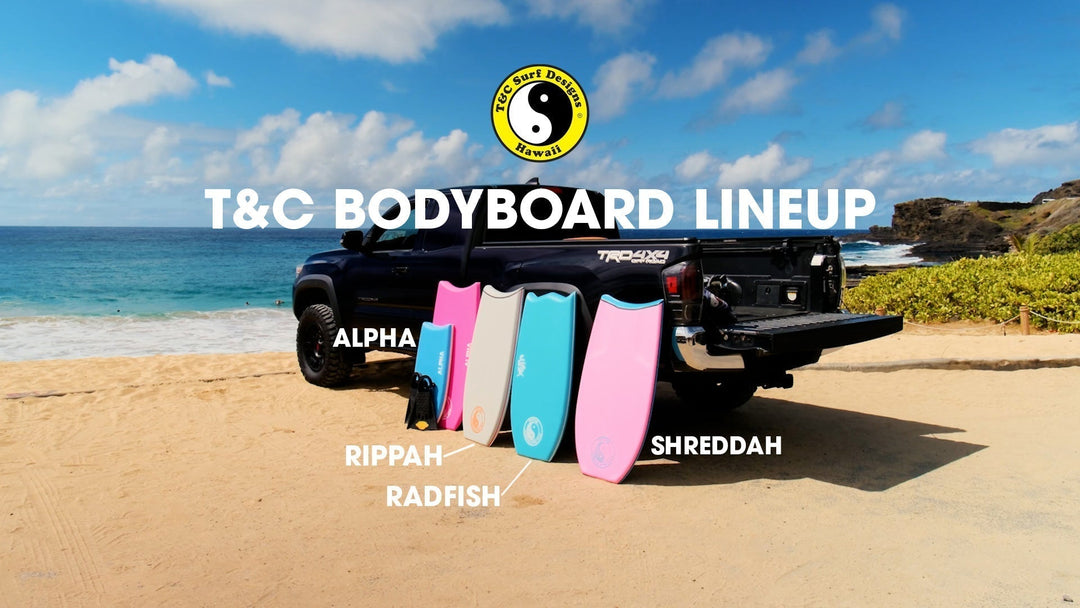
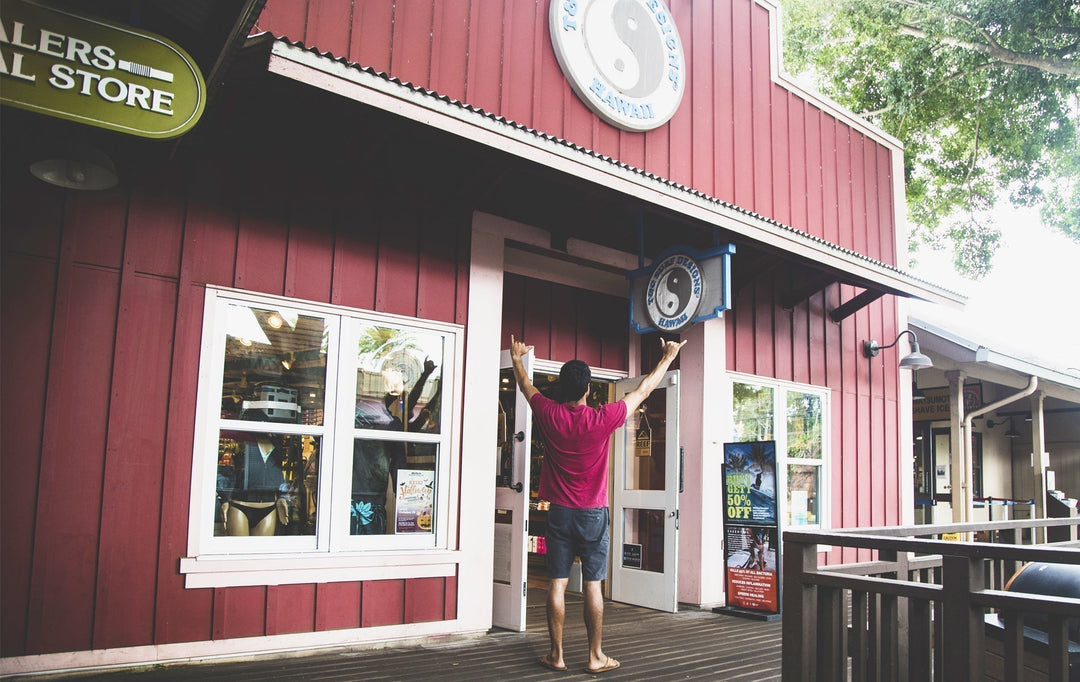
Leave a comment